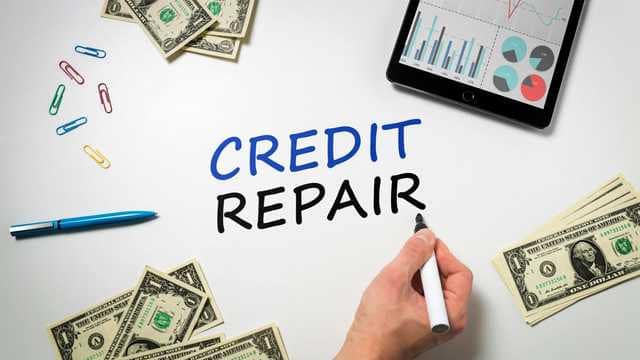Rewrite this article:
 The student debt burden in the United States has reached a staggering $1.7 trillion, affecting millions of borrowers. This financial burden can hinder homeownership, career choices, and economic security. The issue of total student loan forgiveness has become a central debate in American politics and personal finance. Although complete cancellation is not currently possible through a single program, there are opportunities for forgiveness, release, and strategic repayment that can significantly ease the burden.
The student debt burden in the United States has reached a staggering $1.7 trillion, affecting millions of borrowers. This financial burden can hinder homeownership, career choices, and economic security. The issue of total student loan forgiveness has become a central debate in American politics and personal finance. Although complete cancellation is not currently possible through a single program, there are opportunities for forgiveness, release, and strategic repayment that can significantly ease the burden.
How many student loans have been canceled?
Full forgiveness of federal student loans is rare. However, there are specific situations where this can happen. Loan discharge may occur due to school closure, total disability, or death of the borrower. Public Service Loan Forgiveness (PSLF) is a program that forgives the remaining balance of federal student loans after ten years of full-time public service employment. As of April 2024, only about a quarter of a million borrowers have successfully obtained PSLF cancellation, underscoring the complexity and limitations of the program.
The Department of Education is offering automatic debt forgiveness for borrowers who qualify for existing forgiveness programs like PSLF or Income-Driven Repayment (IDR) forgiveness, but who have not yet applied. request. This initiative aims to streamline the process and benefit millions of people.
Are there legal proceedings to obtain the revocation of loans?
Cancellation of loan by legal means is not common but possible. Borrowers can file a defense to a repayment claim if they believe their school misled them or engaged in misconduct. If successful, the borrower can have their loans canceled. However, the process can be long and complex, requiring significant evidence.
Another potentially more widespread legal avenue is to file lawsuits against for-profit colleges accused of predatory lending practices. If a court finds that the college committed wrongdoing, student loans tied to that institution could be canceled for affected borrowers.
What is the backup plan?
The Income Driven Repayment (IDR) plan provides a path to eventual loan forgiveness after a defined period of qualifying payments. The Standard IDR plan cancels any remaining balance after 25 years of on-time payments. However, the Biden administration has proposed a change called the SAVE plan, which would reduce the forgiveness deadline to 20 years for undergraduate loans and 25 years for graduate school debt. This change would significantly benefit millions of borrowers struggling with their loan burdens.
The SAVE plan still needs to be finalized and must be approved. However, he highlights ongoing efforts to make IDR a more viable loan forgiveness option.
Alternatives to cancellation: forgiveness and strategic reimbursement
Although complete forgiveness is not readily available, other strategies exist for managing and eliminating student debt.
- Public Service Loan Forgiveness (PSLF): Working full-time for an eligible government or nonprofit organization for ten years and making 120 monthly payments on time can lead to full loan forgiveness under PSLF. However, navigating the program requirements can be difficult.
- Teacher Loan Forgiveness: Teachers who work in low-income schools for five consecutive years are eligible for up to $17,500 in federal student loan forgiveness.
- Income-Driven Repayment (IDR) Plans: IDR plans adjust monthly payments based on your income and family size, making repayment more manageable. After 20 or 25 years of qualifying payments under the proposed SAVE plan, any remaining balance would be forgiven.
- Loan consolidation: Consolidation of multiple loans in one can simplify repayment and potentially allow you to benefit from a lower interest rate.
- Refinancing: Depending on your creditworthiness, refinancing private student loans with a private lender may offer a lower interest rate and potentially save you money over the life of the loan.
Conclusion
Although complete student loan forgiveness is not a one-size-fits-all solution, there are several options. Forgiveness programs like PSLF and IDR pave the way for eventual debt elimination for federal loans. Strategic repayment strategies such as consolidation and refinancing can also significantly reduce the financial burden. The ongoing debate and proposed changes like the SAVE plan indicate a potential shift toward more accessible loan forgiveness.
For borrowers struggling with student debt, it is crucial to stay informed about available programs and explore all options to effectively manage their debt. Resources of Department of Education and financial aid offices can provide valuable advice.
Source link







